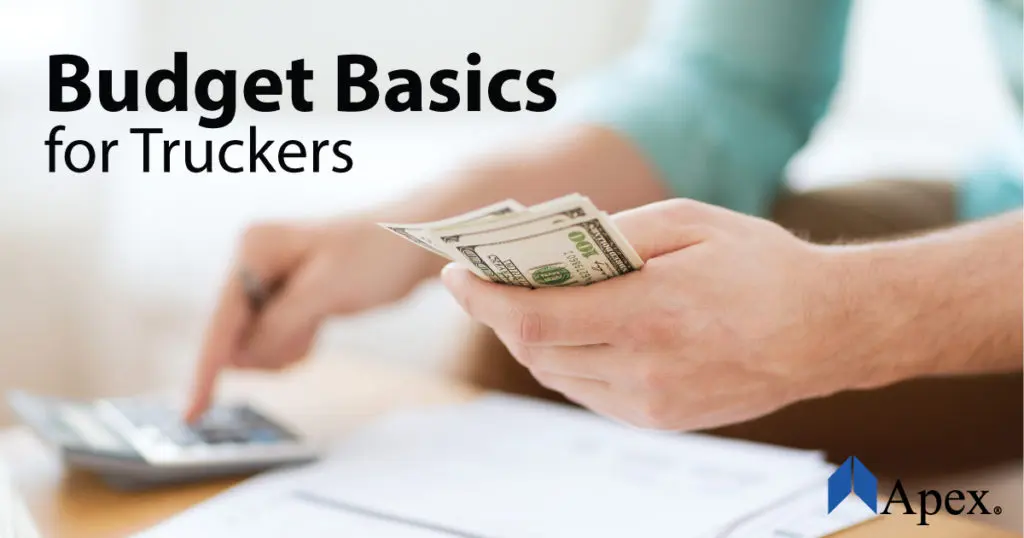

Using trucking jargon like reefer, deadhead, TONU, hot shot loads, and alligator can sound like a totally different language to people not in the trucking industry. While accounting words like assets, equity, and expenses seem foreign to most truckers. According to Kevin Rutherford, an owner-operator accounting software creator, only 10% of owner-operators actually know their own cost per mile. There is a big difference between knowing a lot about trucking and knowing a lot about how to have a successful trucking company. Knowing accounting basics for trucking companies is essential because only 15% of newly formed trucking companies make it to their second year of operation, some of it due to truckers being unaware of how to control costs. To help you become more financially savvy we will break it down and even give you some tools to download that you can start using right away.
The starting point for trucker accounting 101 is to understand how much money is coming into and going out of your trucking business. To better explain this process, we will define the following words in laymen’s terms; revenue, expenses, profits, and net income.
This is more simply put as:
Revenue – Expenses = Profit or Net Income
In the trucking industry, there is a major paradox when it comes to trying to make money without turning around and spending it all on necessary expenses. Truck drivers get paid per mile but also spend more money on fuel when they drive more miles, so getting a handle on basic trucking company accounting can help you start to anticipate and budget expenses so that you can make a profit.
A profit and loss statement, or a P & L, is the best way to determine your trucking businesses net income by listing out your revenue and expenses during a specific period of time, usually every 3 months or annually. When you keep track of your finances using a P & L you become attentive to the costs of operating your trucking company. When you are more familiar with the costs of your trucking company it becomes easier to adjust some of your highest expenses. A helpful tip to start controlling costs is looking at possible ways to decrease costs by shopping around for insurance quotes, find discounts on regular truck maintenance, driving slower for better fuel economy, and avoiding tolls if possible.
Fuel is usually the highest expense and the hardest to control. However, keeping a running tab of your fuel expenses allows you to calculate your trucking companies cost per mile, which is explained in more detail here. Knowing your cost per mile is critical for choosing the right loads that are going to provide income for your business.
Download our trucking company profit and loss statement template to stay on top of your trucking company’s finances!
Even if you keep up with your trucking company’s profit and loss statements, know your cost per mile, and feel like you have gotten your costs as low as possible, you will still need steady reliable cash flow to successfully run your business. Waiting 30, 60, or even 90 days to get paid doesn’t help your trucking company’s liquidity (another fun accounting word), or cash flow. Factoring helps with regular cash flow by allowing you to get paid the same day that loads are delivered.
When you become an Apex client we provide you with steady reliable cash flow and many ways to help budget costs with great fuel discounts, tire and maintenance discounts, free membership to our 24/7 Roadside Rescue program, and more! Call 844-827-4524 or get started here.